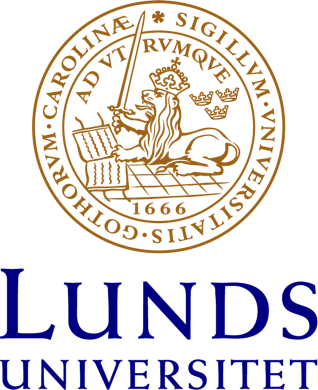Sökresultat
Filtrera
Filtyp
Din sökning på "*" gav 536668 sökträffar
A Semi-Lagrangian Method for a Fokker-Planck Equation Describing Fiber Dynamics
A simplified Fokker-Planck model for the lay-down of fibers on a conveyor belt in the production process of nonwovens is investigated. It takes into account the motion of the fiber under the influence of turbulence. The emphasis in this paper is on the development of a numerical procedure to solve the model. We present a semi-Lagrangian scheme that accurately captures the fiber dynamics and conser
Board Activities and the Denationalization of Ownership - The Case of Sweden
The Swedish-American Maid in the American Popular Film: From Drag to Political Career
Building Quality Assurance in Service User Organizations. An example on User Driven Innovation and Social Mobilization
Mobility-related participation and user satisfaction: Construct validity in the context of powered wheelchair use.
Visualization of the melanosome transfer-inhibition in a mouse epidermal cell co-culture model.
Transfer of melanin-containing melanosomes from melanocytes to neighboring keratinocytes results in skin pigmentation. To provide a more practical method of visualizing melanosomes in melanocytes as well as in keratinocytes, we attempted to use murine cell lines instead of human primary cells. We generated various fluorescent fusion proteins of tyrosinase, a melanin synthesis enzyme located in the
Maktdimensionen i omsorgsrelationer
Bakgrund: Vårdbiträdet och den äldre formar tillsammans en dynamik i sitt sociala samspel. Här presenteras resultat från en avhandling om omsorgsrelationer i hemtjänsten. Metod: Djupintervjuer av äldre och vårdbiträden; fallstudier kring biståndsärenden med hjälp av deltagande observation av den äldres och vårdbiträdets samspel samt av samspelet i vårdbiträdets arbetsgrupp. Resultat: Det är van
Valuation of the Shoreline - Ystad Sandskog Case
In-Process Safety Stocks
Introduction to the Norma Elder Law Research Environment
Tjärade papptak
The Service Oriented Business Process and Separation of Concerns - Modelling paradigms for Architectures and Business Processes
This paper deals with the contemporary concern of business service-orientation. The paper suggests that service-oriented Business Information Systems Development (BISD) permits quality aspects, -“ilities” e.g.; maintainability and modifiability, of BISs and BISD. In addition, this paper departs from viewing a Business Information System (BIS) as services and suggests Separation of Concerns (SoC) a
Systematic bits are better also for tailbiting codes
Många arbetstimmar för studenter ger höga kursutvärderingar! - Om korrelationen mellan kursutvärderingar, nedlagd tid och studenters resultat på kurser
Mänskliga rättigheter, religionsfrihet och religion
Endovascular Aneurysm Repair: Current and Future Status.
Endovascular aneurysm repair has rapidly expanded since its introduction in the early 1990s. Early experiences were associated with high rates of complications including conversion to open repair. Perioperative morbidity and mortality results have improved but these concerns have been replaced by questions about long-term durability. Gradually, too, these problems have been addressed. Challenges o
